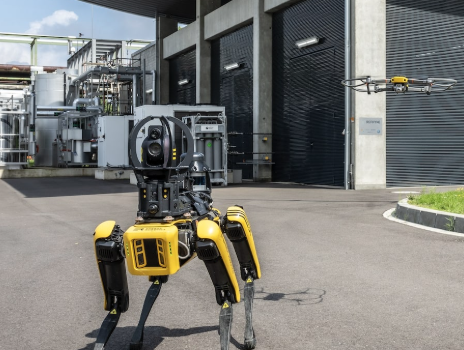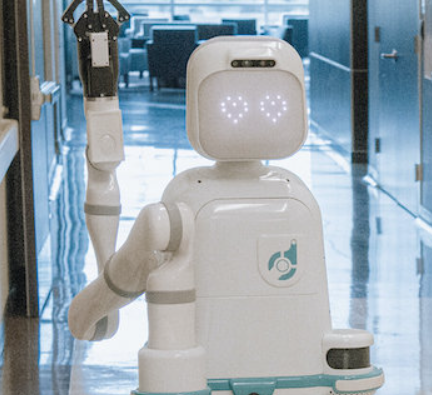
In industries that rely heavily on infrastructure—like energy, construction, and transportation—regular inspection and maintenance are essential. However, these tasks often involve exposure to hazardous environments or hard-to-reach areas, making them both risky and resource-intensive. In recent years, mobile robots have emerged as a practical solution, offering safe and efficient alternatives to human intervention.
Rethinking Industrial Inspection with Robotics
Hazardous locations such as nuclear facilities, chemical plants, and aging buildings require a new level of operational care. These are places where traditional human involvement can be dangerous due to radiation, toxic exposure, or structural instability. Robotic systems, especially autonomous mobile robots (AMRs), present a safer way to perform detailed inspections in such environments.
Advantages of using robots for these tasks include:
- Keeping workers out of high-risk areas
- Lowering overall inspection costs
- Navigating narrow or obstructed pathways with ease
- Delivering consistent performance without fatigue
Real-World Applications of AMRs in Inspection
One of the most sought-after platforms in this field is Robotnik’s SUMMIT-XL, which has been successfully deployed across diverse sectors including agriculture, railways, marine construction, and tunnel monitoring. Building on that foundation, Robotnik introduced the RB-WATCHER—a robot specifically designed for surveillance and inspection both indoors and outdoors.
Equipped with a set of specialized sensors, RB-WATCHER includes features such as bi-spectral imaging, real-time GPS tracking, microphones, and advanced navigation. These tools make it particularly valuable in fields like utility grid management, infrastructure development, and oil and gas facilities.
Meeting the Challenges of Remote Operations
Many industrial sites suffer from unreliable network connections or limited bandwidth, posing a challenge for remote operations. This limitation has pushed developers to focus on making robots more autonomous. However, the introduction of 5G networks is changing that landscape dramatically.
With faster data transfer and minimal latency, 5G enables more responsive remote control. This allows operators to take over tasks when the robot’s built-in logic is not enough. Complex manual interventions—such as flipping switches, adjusting valves, or identifying faults—can now be performed remotely using standard interfaces.
Web-based dashboards further simplify remote access. Operators can manage robot functions from any internet-enabled device without needing to install specialized software. This accessibility enhances adaptability and responsiveness in critical situations.
Practical Success in Large-Scale Projects
A prominent example of robotic inspection is the maintenance system developed for the power tunnel linking France and Spain. Spanning over 64 kilometers, including an 8.5-kilometer tunnel through the Pyrenees, this interconnection plays a key role in stabilizing the energy grid between the two nations.
Robotnik’s solution involved deploying robotic units capable of navigating and monitoring this tunnel, helping ensure the structural integrity of the installation. These robots contribute not only to ongoing maintenance but also to broader goals like enhancing renewable energy integration and improving grid reliability.
The Role of Simulation in Robotic Design
Before robots hit the field, extensive simulation work is carried out to fine-tune their behavior. Simulating both the robots and their environments enables engineers to begin development before hardware is available. In this virtual stage, designers can test navigation paths, sensor configurations, and fleet coordination strategies.
This approach is particularly valuable for experimenting with collision avoidance and 3D data processing. It provides a low-risk way to refine system performance and streamline deployment, ultimately saving time and cost in the development cycle.
Mobile robots are no longer experimental tools—they’re now vital assets in maintaining the safety and functionality of complex infrastructure. As their technology continues to advance, industries will increasingly rely on these intelligent machines to take on inspection duties that were once dangerous, inefficient, or impossible.












